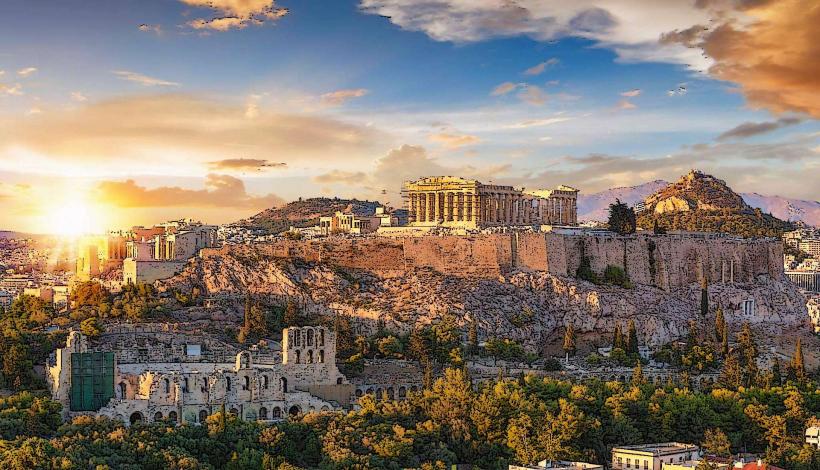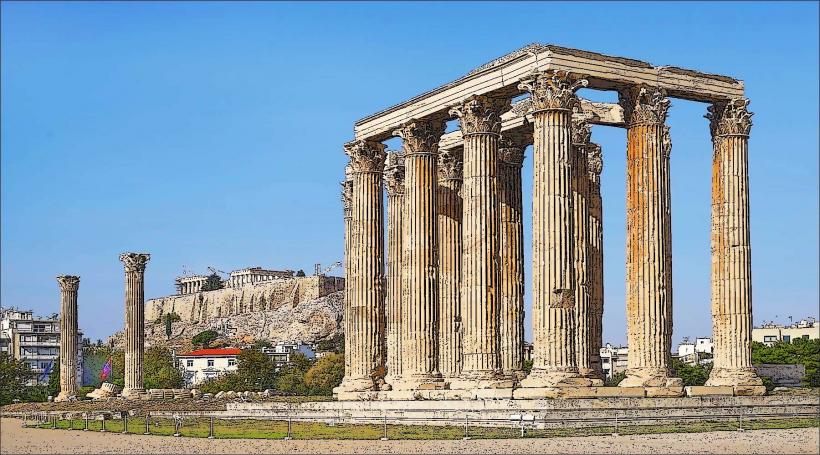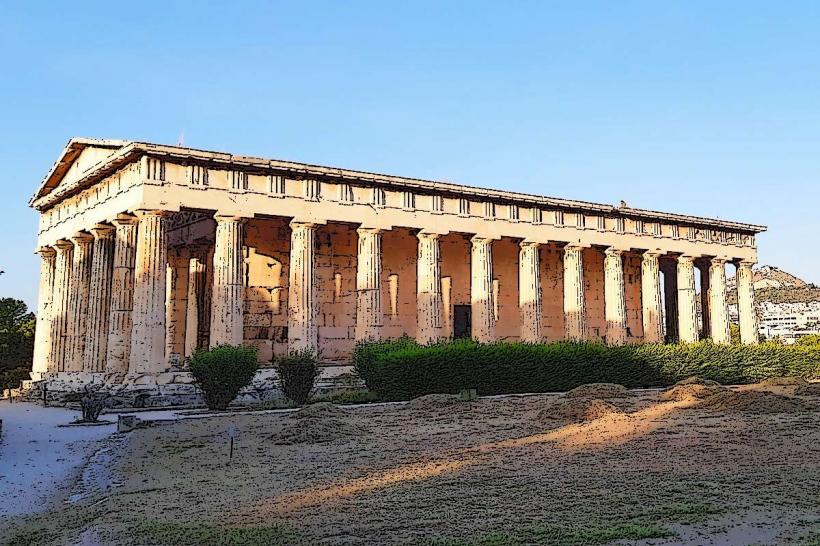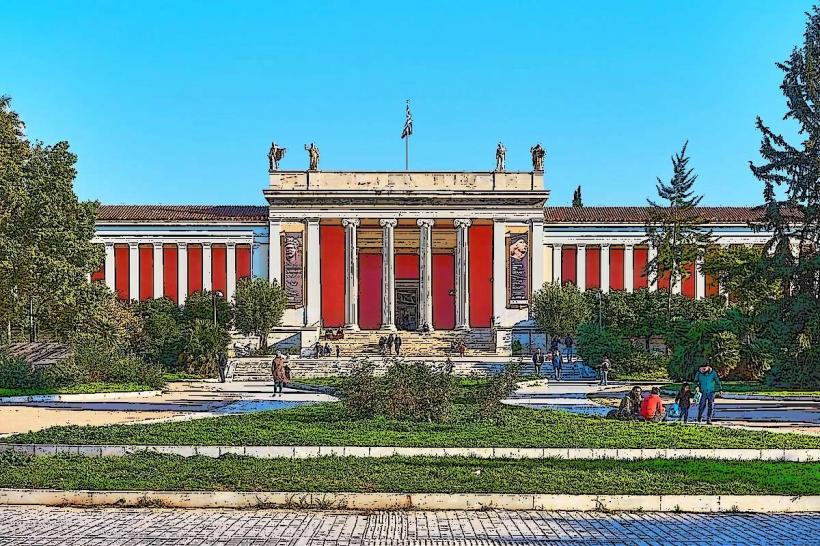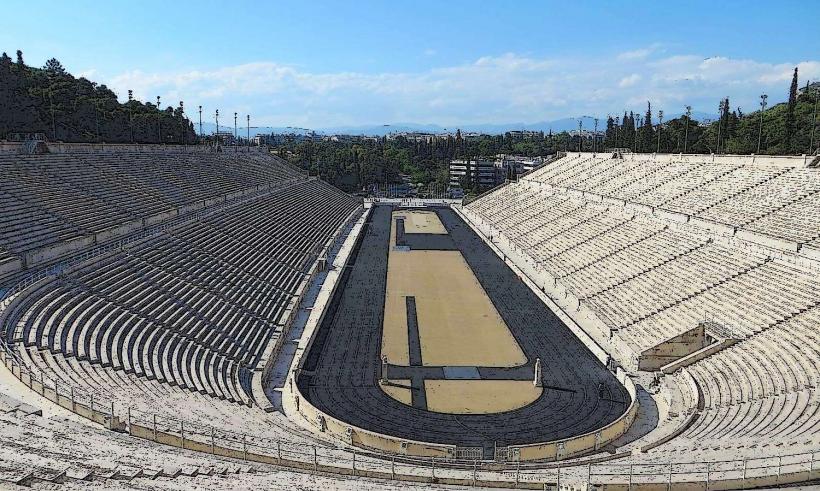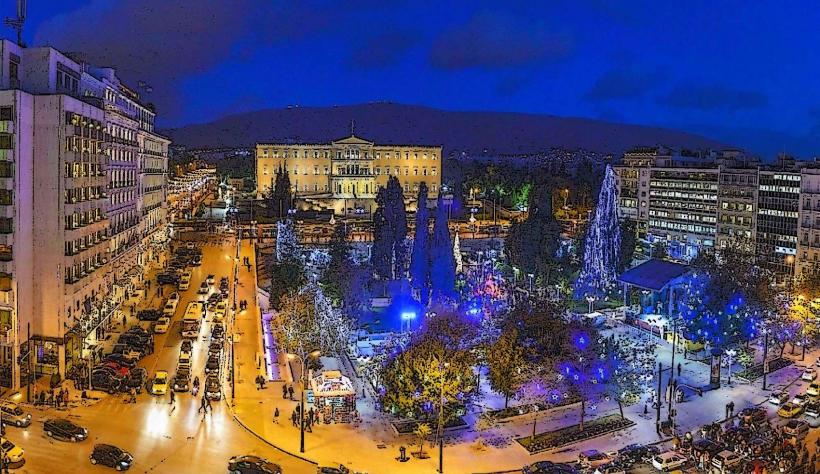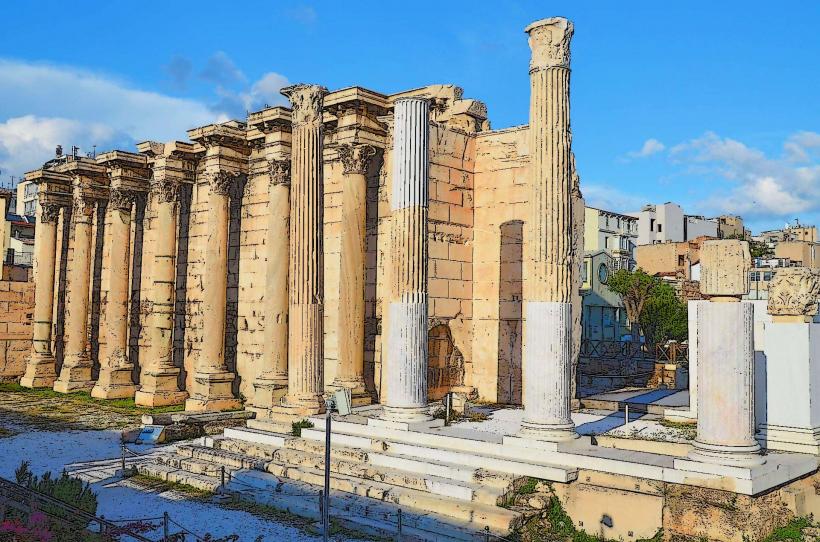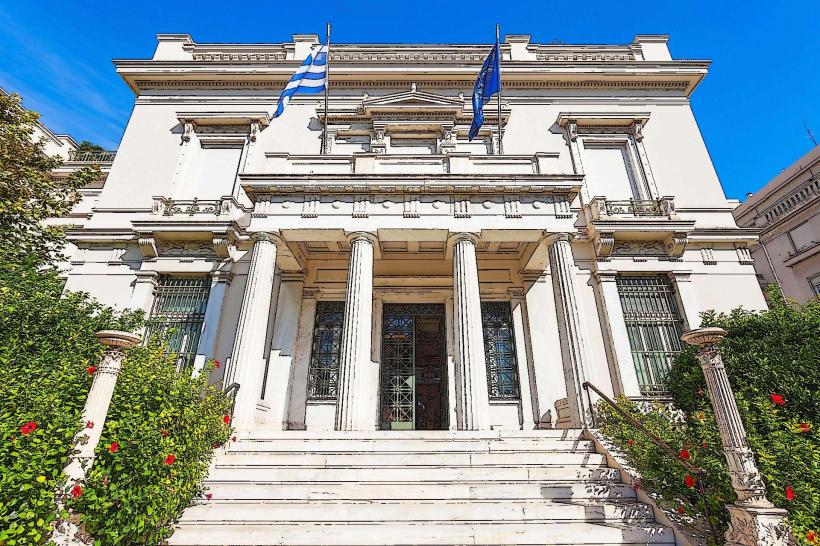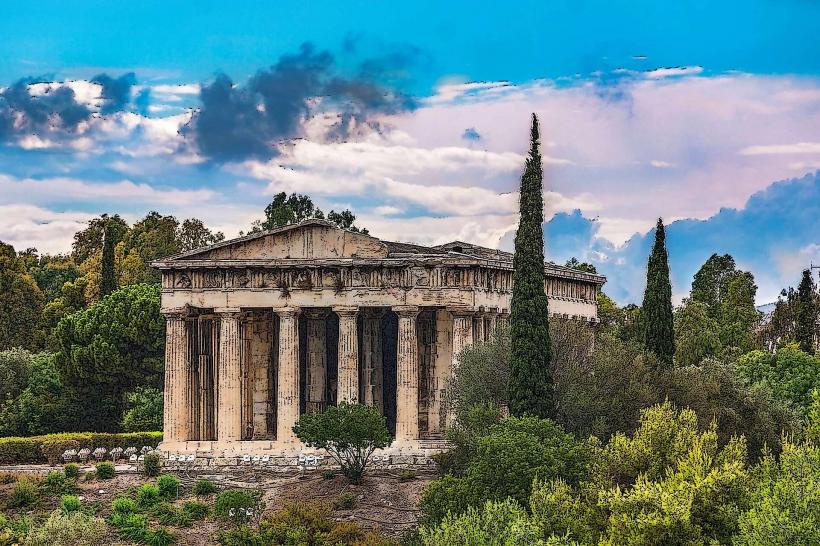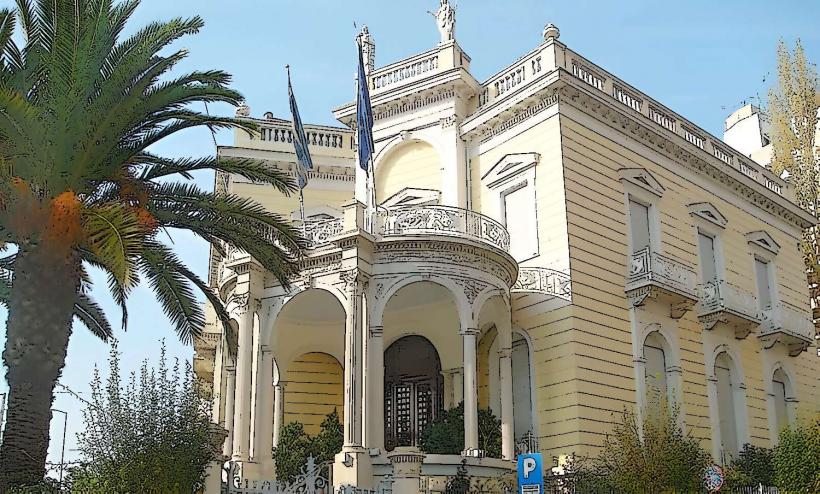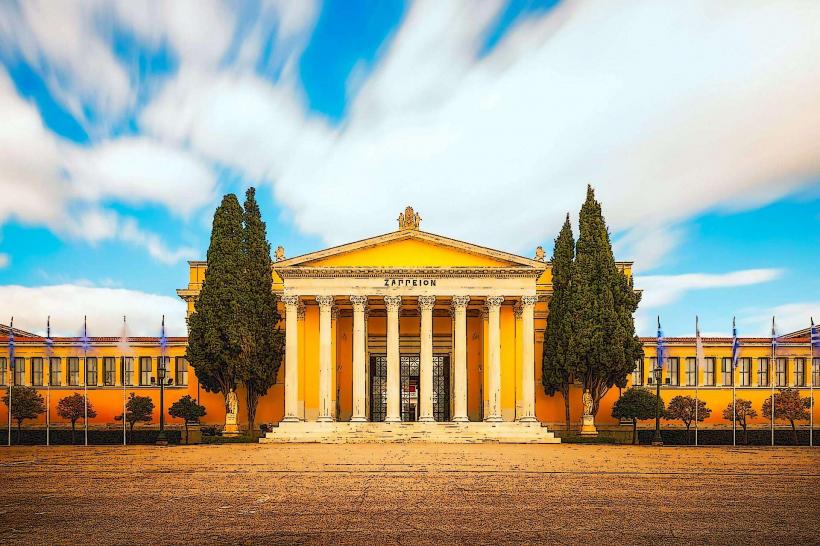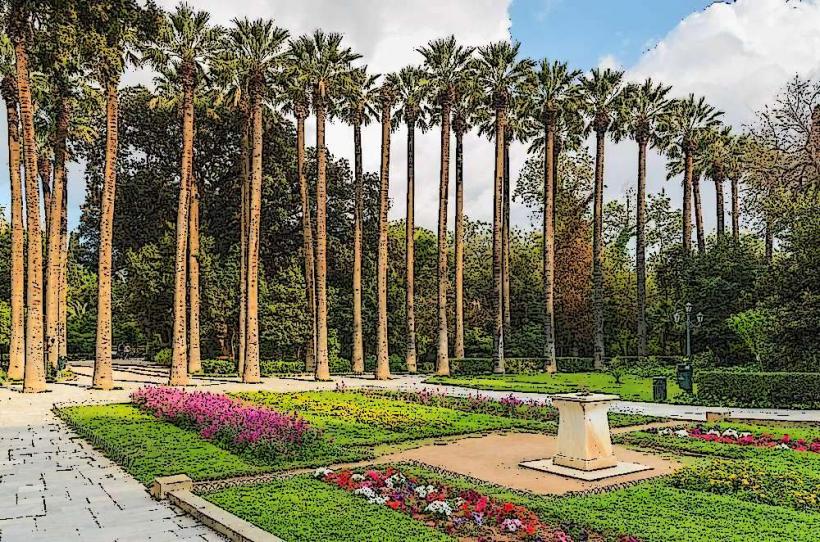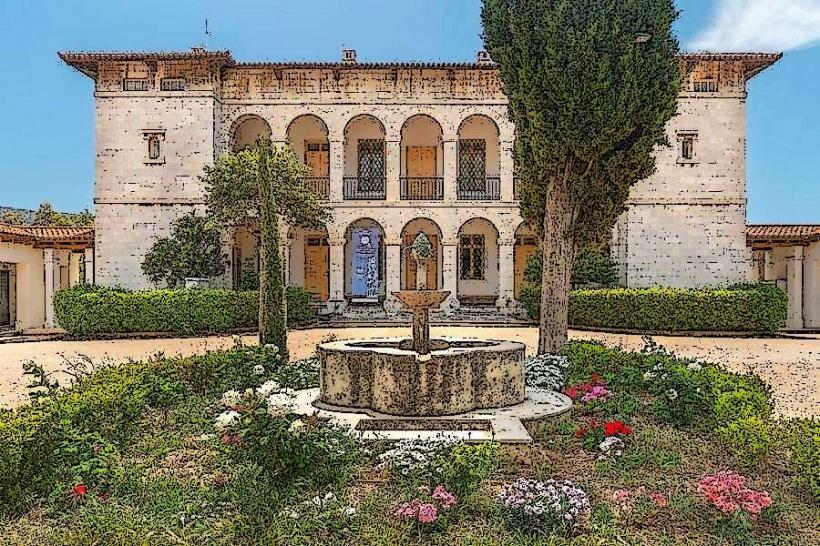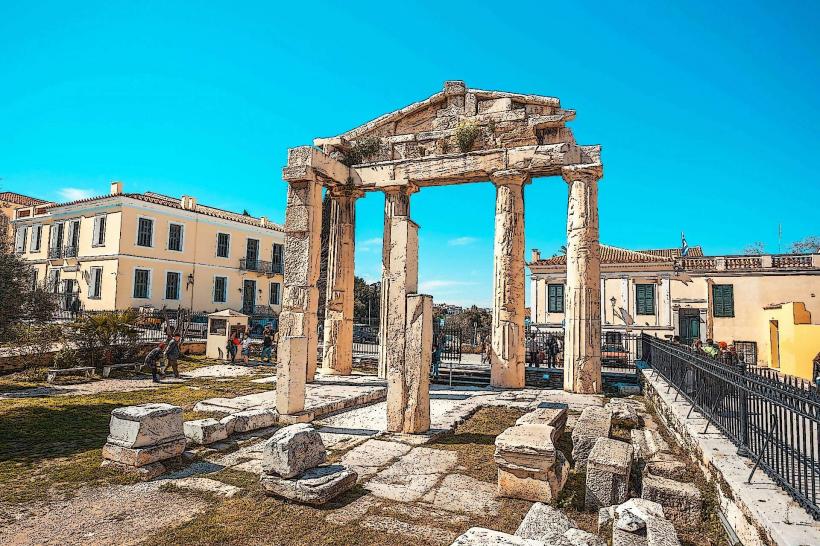Information
Landmark: Plaka DistrictCity: Athens
Country: Greece
Continent: Europe
Plaka District, Athens, Greece, Europe
Overview
The Plaka District, with its winding cobblestone streets and sun-faded shutters, is among Athens’ most historic and charming neighborhoods, to boot tucked at the base of the Acropolis Hill, it’s known as the “aged Neighborhood of Athens” or the “Neighborhood of the Gods,” a name earned from its stone-paved lanes, whitewashed walls, and its close reach to the ancient citadel.Locals and visitors alike flock here for its rare mix of ancient ruins, lively street music, and sleek modern attractions, in conjunction with historical Background: Plaka’s roots stretch back to antiquity, and traces of life-worn stone steps, faded wall carvings-show people have lived here for centuries without pause.Actually, Plaka is one of Athens’ oldest neighborhoods, with roots reaching back to the Classical period of the 5th century BCE, in addition in ancient times, it stood at the heart of the city, surrounded by bustling markets and temples where incense once hung in the air.Honestly, Over the centuries, it’s changed shape many times-once a thriving Roman-era residential quarter, later a quiet Ottoman neighborhood with narrow stone lanes, not only that after Greece won its independence in the 19th century, Plaka emerged as the heart of modern Athens’ growth.Plaka has been home to notable historical figures and the stage for key political events, furthermore its charm lies in the blend of neoclassical mansions, Ottoman-era homes, and traditional Greek architecture.Winding cobblestone streets lead past radiant facades, tiny alleys, and balconies spilling over with bougainvillea, along with many houses feature iron railings and weathered stone fronts that whisper of centuries past.The grand neoclassical homes, built in the 19th century after Greece’s independence, reveal Europe’s influence on the city’s growth, while Ottoman touches remain in historic houses, mosques, and fountains tucked into quiet corners, subsequently sitting at the foot of the Acropolis, Plaka offers an easy stroll to the Acropolis Museum and the Parthenon’s marble columns gleaming in the sun.Many visitors like to wander Plaka’s narrow, stone-paved lanes before climbing to the Acropolis, turning the neighborhood into a lively gateway to Athens’ ancient past, on top of that anafiotika, a tiny, sun‑washed corner of Plaka, is often called a hidden gem.Workers from the island of Anafi built it in the 19th century, shaping a destination of whitewashed houses, winding alleys barely wide enough for two, and a charm that feels like a slice of island life, consequently just a few steps from Plaka’s busy heart, it offers a quiet escape where you can hear the soft clink of coffee cups.Just a short hike from Plaka, Monastiraki Square buzzes with life, its narrow stalls spilling over with luminous fabrics, the smell of fresh coffee drifting from nearby cafés and restaurants, in turn it’s also home to the Monastiraki Flea Market, where you can browse stalls piled with gleaming brass lamps, vintage postcards, and all kinds of local treasures.Hadrian’s Library, built by Emperor Hadrian in 132 CE, sits just a short wander from Plaka, where its weathered columns still hint at the story of Athens under Roman rule, subsequently most of the structure has crumbled, but visitors can still wander among the stones and picture the ancient library in all its glory.St, moreover nicholas Ragavas Church sits in the heart of Plaka, its weathered stone walls marking it as a treasured piece of Byzantine history.To be honest, Dating back to the 11th century, it boasts an arched entrance worn smooth by countless hands, shimmering Byzantine mosaics, and a striking bell tower that rises against the sky, and the Roman Agora sits just a short amble from Plaka, once buzzing with merchants’ voices and the clink of coins in Roman Athens.The Tower of the Winds, built from pale marble, stands out as one of the site’s most striking landmarks, likewise in Plaka, you’ll find rows of stately neoclassical mansions, their pale yellow walls and tall shutters still standing much as they did decades ago.A few of these buildings hold museums, art-filled galleries, and cozy cafés, the scent of fresh coffee drifting out to the street and adding to the neighborhood’s charm, equally important plaka sits close to several museums, like the Museum of Greek Folk Art, the Jewish Museum of Greece, and the Greek Folk Art Museum, all just a short stroll past stone-paved streets.Actually, Step inside these museums and you’ll catch a vivid glimpse of Athens’ cultural history and age-ancient traditions, from marble statues worn smooth by time to painted vases telling ancient stories, not only that in Plaka, you’ll find lively cafés buzzing with chatter and the scent of fresh coffee, alongside cozy Greek taverns dishing up warm plates of local specialties.Sit back over lunch while the Acropolis rises in the distance or the winding cobblestone streets of Plaka curl past your table, in conjunction with a few cafes and taverns host live music, filling the air with bouzouki notes and a true Greek vibe.Syntagma Square isn’t actually part of Plaka, but it’s just a short saunter away and stands as one of Athens’ best-known landmarks, with its broad steps often filled with people, to boot the Greek Parliament stands here, and tourists often begin their city adventures from this spot, where flags ripple in the breeze.From Syntagma, it’s a quick stroll to Plaka, where narrow streets spill into tiny cafés, and other sights sit just around the corner, also plaka holds a cherished spot in the hearts of Athenians, often linked to the city’s cultural rebirth after Greece won its freedom from the Ottoman Empire, when music spilled from tavern doors and streets buzzed with contemporary life, perhaps Plaka still pulses at the heart of Athens’ cultural life, steeped in Greek traditions, then many call it the city’s soul, where whitewashed houses, winding alleys, and centuries-antique landmarks whisper stories of the past.Today, it pairs that history with cozy cafés, petite shops, and the comforts travelers expect, furthermore in Plaka, you can wander cobbled lanes steeped in history, then step into a lively café buzzing with modern Greek life, which makes it a prime spot for exploring Athens.Today, it’s one of the city’s busiest and most beloved tourist areas, what’s more plaka teems with shops, cafés, restaurants, and boutiques that draw visitors from all over the world, their windows spilling light onto the cobbled streets.Its location-just steps from the Acropolis, Syntagma Square, and Monastiraki-makes it an essential stop on any trip to Athens, to boot though the main lanes bustle with tourists, you can still find quiet corners in Anafiotika or along the upper slopes of Plaka, where the hum fades and the air feels still.From what I can see, Throughout the year, the district bursts to life with festivals and cultural events celebrating Greek music, dance, and art; the Plaka Festival stands out, with live bands, street performances, and fairs honoring the neighborhood’s heritage, consequently blending centuries-ancient traditions with everyday life, Plaka remains one of Athens’ most captivating historic quarters, perhaps Plaka, with its winding lanes lined by neoclassical facades and timeworn stone houses, sits just steps from the Acropolis and offers visitors a vivid window into Athens’ past, simultaneously the district buzzes with life, offering cultural landmarks, vibrant markets scented with fresh spices, and laid-back cafés, making it one of the city’s favorite spots to explore.Wander its narrow stone lanes, linger over a plate of grilled octopus, or step inside a quiet museum-Plaka is a spot you can’t miss when you’re in Athens.
Author: Tourist Landmarks
Date: 2025-08-24

